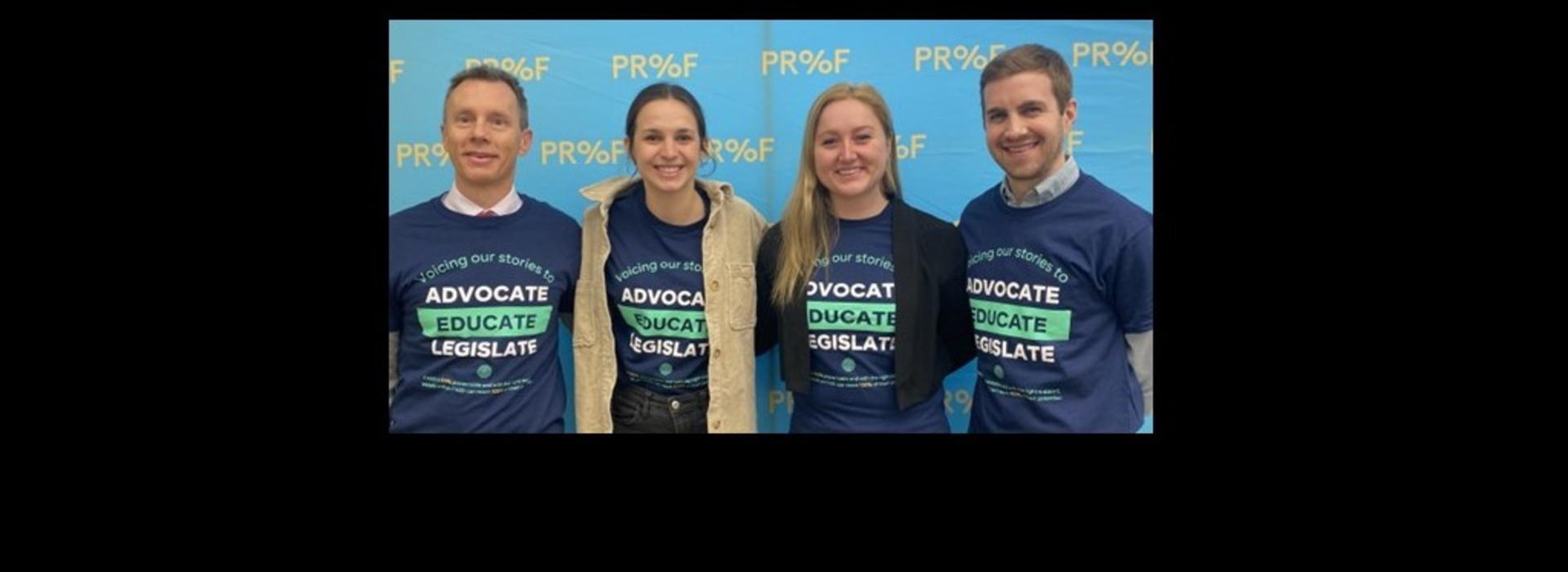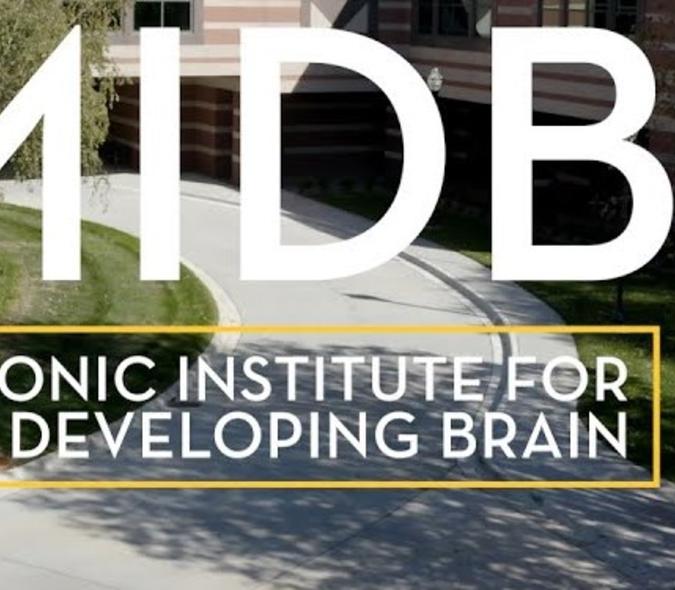
Research team working on fetal alcohol syndrome disorders treatment, prevention
Professor Jeff Wozniak, PhD, LP, is passionate about his lab’s work on a common developmental disability – fetal alcohol spectrum disorders (FASDs). “Between one and five percent of all school-age children have this disability and it’s completely preventable,” he said. But prevention is complicated.
“From a public health perspective, avoiding alcohol completely during all phases of pregnancy is the single most effective strategy we can use in preventing FASDs,” said Wozniak. “Even though it’s preventable, that doesn’t mean it’s easy to prevent. We’re talking about alcoholism and more broadly, substance abuse, and access to healthcare and birth control…these are complex issues. It’s not a simple problem.”
Many symptoms
According to the Centers for Disease Control, fetal alcohol syndrome (FAS) represents the most involved end of the FASD spectrum. Individuals with FAS have central nervous system problems and issues with growth. They can have problems with learning, memory, attention span, communication, vision, and hearing.
“We don’t know exactly how much alcohol is necessary to cause damage to the developing brain,” said Wozniak. “We have pretty clear evidence that even lower alcohol amounts can have significant impact. The public health message has always been that no alcohol consumption during pregnancy is the safest approach.”
No amount is safe
Wozniak believes that no specific amount of alcohol during pregnancy will ever be considered safe. “It’s frustrating when the media or even other physicians say that it’s safe to have a glass of wine or a single drink … the evidence just doesn’t support it,” he said. “Unfortunately, it’s a more socially comfortable response rather than saying that no alcohol can be consumed safely during pregnancy, which is what the science tells us.”
Despite years of warnings, the challenging reality is that FASDs are very common. Wozniak and his lab team are currently involved in two studies designed to help treat FASD. One is a nutritional intervention targeted at two to five-year-old children. “We’re using an essential nutrient called choline that is needed for brain development, especially development of important memory systems,” explained Wozniak. “We want to ensure adequate or higher levels of this nutrient because we know it works on parts of the brain that are damaged by alcohol.”
Overcoming some of the damage
The team’s goal is to optimize the normal developmental process to overcome some of the damage. “We’ve been working in this area for 10+ years and are seeing some positive results in this age range,” said Wozniak.
The research team is also in the early stages of a study focusing on 8 to 17-year-olds that uses a combination of electrical brain stimulation and cognitive training (computerized memory and problem-solving tasks). Study participants receive transcranial direct current stimulation, which puts a little bit of electrical current on the outside of their scalp. “This kind of light stimulation of the outermost layers of the cortex enhances the learning ability garnered from the cognitive tasks,” said Wozniak. “It doesn’t create a large response but it does change the baseline rate of neuron firing.”
Participants who receive the stimulation – it’s a randomized study, so not all do – wear an electrode-covered cap connected to a battery-powered electrical source or a headband that delivers light current to the front part of the brain. “They may feel a little tingling but it’s very mild,” said Wozniak. “They do the cognitive training for 40 minutes and receive stimulation for about half that time.”
Computerized games
The exercises require participants to stay focused; some require them to remember certain information, others ask them to solve problems. “They’re in the form of computerized games, which increase in difficulty like any other video game,” said Wozniak. Some of the exercises were created by the research teams of Professor Kelvin Lim, MD, Department of Psychiatry and Behavioral Sciences, and Professor Angus MacDonald, PhD, Department of Psychology.
Wozniak is also working with state and national organizations to help prevent FASDs. “We have a very active organization in Minnesota known as Proof Alliance,” he said. “My team routinely works with them to share information with the public. I also advise them on their messaging.” (Pictured above: from left, Wozniak and members of his team, Abby Ernst, Mary Anthony, and Blake Gimbel, at a recent Proof Alliance advocacy event.)
Targeting high-risk populations
Proof Alliance is trying to target specific populations. “If you can focus on individuals who may have issues with alcohol or substance abuse, you can intervene more effectively,” said Wozniak. “They are doing work around the state to target individuals who have already had a high-risk pregnancy and may become pregnant because they’re not using birth control. It’s a two-pronged approach: public messaging and targeting high-risk individuals.”
Those individuals often have lower socioeconomic status, which can result in less access to basic prenatal healthcare services. Another problem that affects even more women is access to diagnosis, according to Wozniak. “It requires seeing a psychologist and a pediatrician, someone who has expertise in FASDs,” he said. “Because these services aren’t widely available, there aren’t enough evaluation slots for all the kids that need to be seen. We’re trying to increase capacity across Minnesota, which may be a way of making sure that bottlenecks to specialized care are not blocking high-risk populations.”
Optimistic about the future
Wozniak is optimistic about the future regarding FASDs and believes that much progress has been made in terms of recognizing and talking about the issue. “Younger people are getting the message sooner and more frequently,” he said. “Teenage pregnancies are down. In the last ten to fifteen years, we’ve created treatments and interventions for FASDs because of full-scale, grant-funded, and well-designed studies.”



